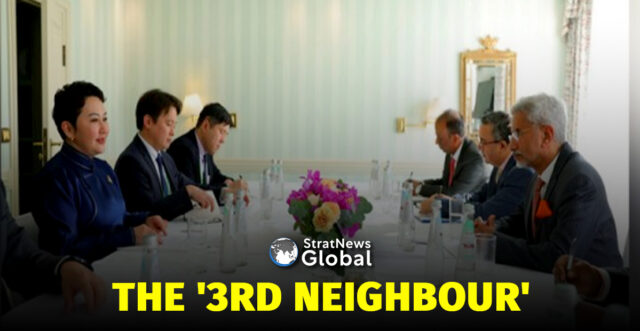India is stepping up engagement with Mongolia to secure critical resources and strengthen long-term economic ties. The upcoming visit of Mongolian President Ukhnaagiin Khürelsükh to India, expected next month, is set to highlight this growing partnership across mining, energy, infrastructure, and technology.
For India, access to reliable mineral supplies has become a strategic priority. Rising demand for copper, coking coal, and other industrial resources—driven by manufacturing, construction, renewable energy, and electric vehicles—has pushed mineral security high on the policy agenda. Mongolia, with its untapped reserves, has emerged as an attractive partner.
A memorandum of understanding on cooperation in geology and exploration is reportedly in its final stages. Once signed, it would open the way for joint mineral surveys, investment projects, and eventual sourcing of materials. Several Indian companies, including Adani, Hindalco, and Vedanta, have already shown interest in Mongolia’s mining sector, which offers opportunities for joint ventures and direct supply agreements.
Reducing reliance on a narrow set of mineral exporters is central to India’s diversification strategy. By expanding ties with Mongolia, New Delhi seeks to limit vulnerability to global supply disruptions and price fluctuations.
Logistics, however, remain a challenge given Mongolia’s landlocked location. Both sides are working to identify viable transport routes. Current discussions focus on the Russian Far Eastern port of Vladivostok as a preferred gateway for trade, rather than a shorter route through China. This choice aligns with India’s broader connectivity vision, including the Indo-Pacific Oceans Initiative, which emphasizes resilient trade corridors that bypass potential chokepoints or politically sensitive routes.
Energy cooperation continues to be a cornerstone of the bilateral relationship. India is financing Mongolia’s first oil refinery in Dornogovi with a $1.7 billion soft loan. The refinery, being developed with technical support from Engineers India Ltd as the project management consultant, is expected to be operational by 2026. Once complete, it will reduce Mongolia’s dependency on imported fuel, particularly from Russia, and demonstrate India’s role as a development partner focused on infrastructure that builds local economic resilience.
Beyond minerals and energy, India and Mongolia are looking to widen cooperation into agriculture, digital technologies, and education. Mongolia has expressed openness to adopting Indian agri-tech solutions suited to its harsh climate, while discussions are underway on deploying Indian English-language teachers and supporting Mongolia’s digital education initiatives. These initiatives reflect a model of partnership that goes beyond trade, emphasizing knowledge sharing and capacity building.
Cultural and civilizational ties provide a steady foundation for the relationship. Mongolia regards India as its “third neighbor,” a term that acknowledges shared democratic values and deep Buddhist connections. Events such as the 2022 exposition of the Kapilvastu relics in Ulaanbaatar have reinforced these bonds.
This year marks 70 years of diplomatic ties between the two nations. India, among the first democracies to establish relations with Mongolia in 1955, also supported Ulaanbaatar’s entry into the United Nations. As both countries prepare for a new phase of cooperation, minerals, energy, and cultural links are set to shape the next chapter in their long-standing partnership.





